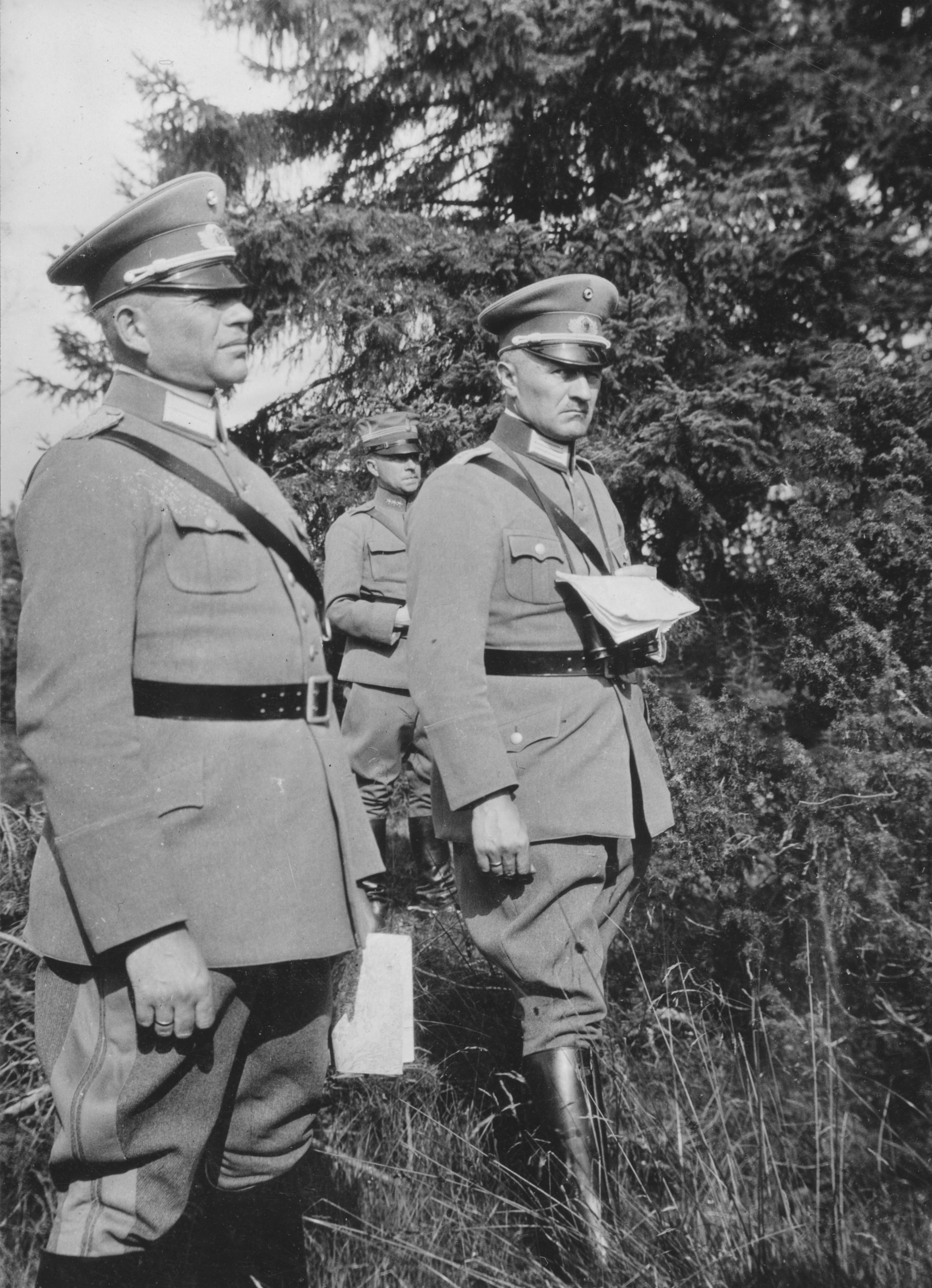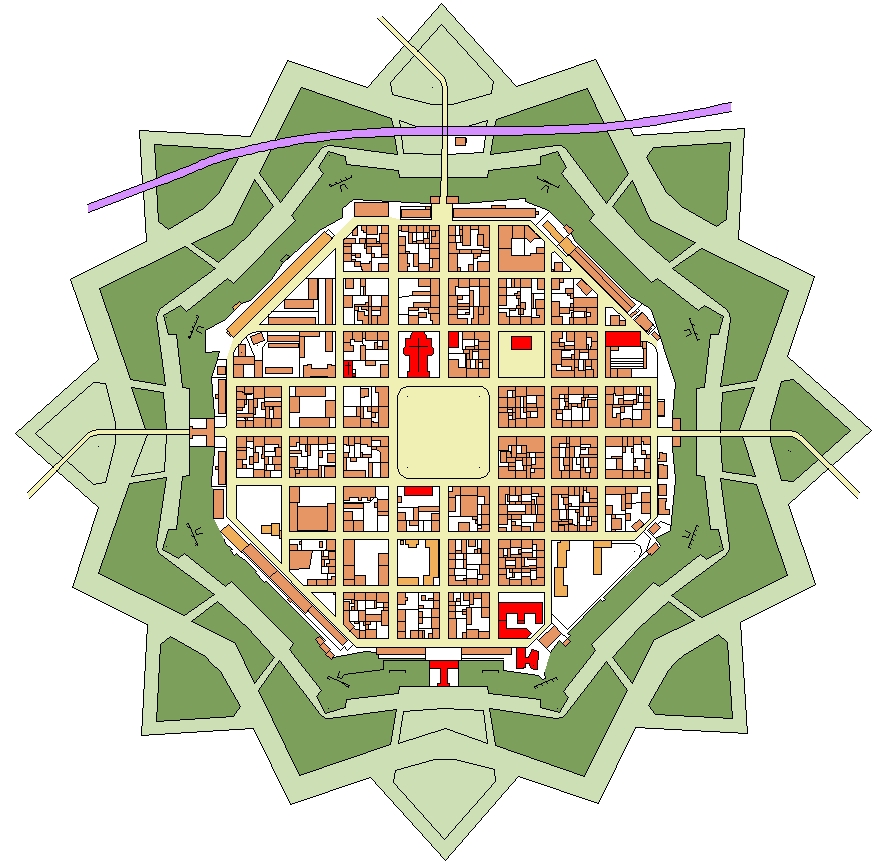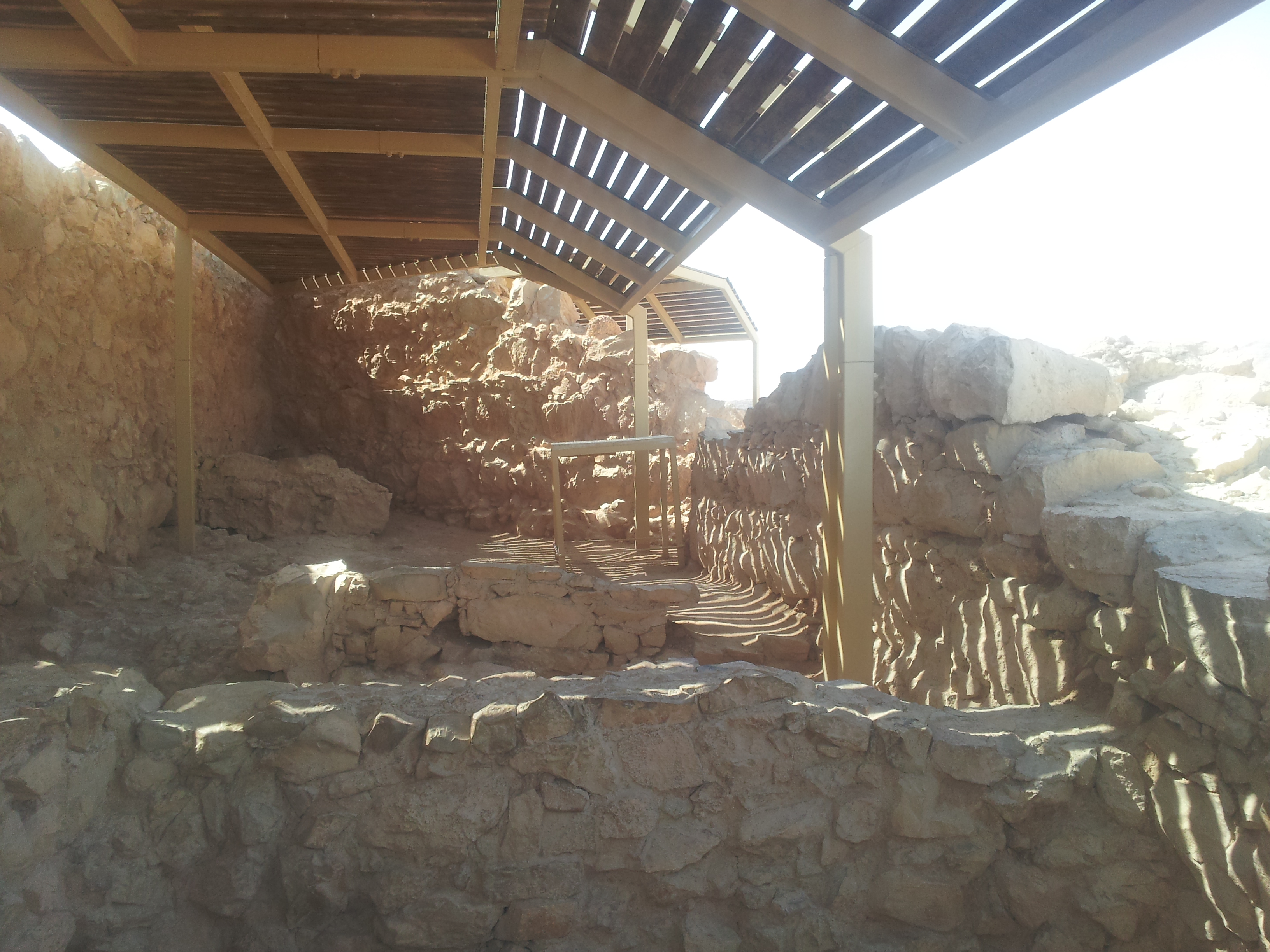|
Fortified Sector Of Mulhouse
The Fortified Sector of Mulhouse (''Secteur Fortifié de Mulhouse'') was the French military organization that in 1940 controlled the section of the French frontier with Germany in the vicinity of Mulhouse. The sector's principal defense was the Rhine itself, which could be crossed only by boat or by seizing a bridge crossing. The sector's fortifications chiefly took the form of casemates and blockhouses. The sector did not see significant action during the Battle of France, since the German crossings of the Rhine took place further north, near Colmar. The fortifications in the sector were built as part of the overall plan for the Maginot Line, but did not include the major fortified positions that characterized the Maginot Line of northeastern France. The sector did not see significant fighting in World War II. It was bordered to the north by the Fortified Sector of Colmar and on the south by the Fortified Sector of Altkirch. Concept and organization The fortifications of the M ... [...More Info...] [...Related Items...] OR: [Wikipedia] [Google] [Baidu] |
Casemate 111 Chalampé Berge Nord
A casemate is a fortified gun emplacement or armored structure from which guns are fired, in a fortification, warship, or armoured fighting vehicle.Webster's New Collegiate Dictionary When referring to antiquity, the term "casemate wall" means a double city wall with the space between the walls separated into chambers, which could be filled up to better withstand battering rams in case of siege (see Antiquity: casemate wall). In its original early modern meaning, the term referred to a vaulted chamber in a fort, which may have been used for storage, accommodation, or artillery which could fire through an opening or embrasure. Although the outward faces of brick or masonry casemates proved vulnerable to advances in artillery performance, the invention of reinforced concrete allowed newer designs to be produced well into the 20th century. With the introduction of ironclad warships, the definition was widened to include a protected space for guns in a ship, either within the ... [...More Info...] [...Related Items...] OR: [Wikipedia] [Google] [Baidu] |
Congress Of Vienna
The Congress of Vienna (, ) of 1814–1815 was a series of international diplomatic meetings to discuss and agree upon a possible new layout of the European political and constitutional order after the downfall of the French Emperor Napoleon Bonaparte. Participants were representatives of all European powers and other stakeholders, chaired by Austrian statesman Klemens von Metternich, and held in Vienna from September 1814 to June 1815. The objective of the Congress was to provide a long-term peace plan for Europe by settling critical issues arising from the French Revolutionary Wars and the Napoleonic Wars without the use of (military) violence. The goal was not simply to restore old boundaries, but to resize the main powers so they could balance each other and remain at peace, being at the same time shepherds for the smaller powers. More fundamentally, strongly generalising, conservative thinking leaders like Von Metternich also sought to restrain or eliminate republicanism, ... [...More Info...] [...Related Items...] OR: [Wikipedia] [Google] [Baidu] |
Kruth
Kruth (; ) is a commune in the Haut-Rhin department in Grand Est in north-eastern France. Its railway station is the terminus of a TER service to Mulhouse. Geography Climate Kruth has a humid continental climate (Köppen climate classification ''Dfb'') closely bordering on a oceanic climate (''Cfb''). The average annual temperature in Kruth is . The average annual rainfall is with December as the wettest month. The temperatures are highest on average in July, at around , and lowest in January, at around . The highest temperature ever recorded in Kruth was on 24 July 2019; the coldest temperature ever recorded was on 24 December 2001. See also * Communes of the Haut-Rhin département The following is a list of the 366 communes of the French department of Haut-Rhin. The communes cooperate in the following intercommunalities (as of 2020): [...More Info...] [...Related Items...] OR: [Wikipedia] [Google] [Baidu] |
Heinz Guderian
Heinz Wilhelm Guderian (; 17 June 1888 – 14 May 1954) was a German general during World War II who, after the war, became a successful memoirist. An early pioneer and advocate of the " blitzkrieg" approach, he played a central role in the development of the panzer division concept. In 1936, he became the Inspector of Motorized Troops. At the beginning of the Second World War, Guderian led an armoured corps in the Invasion of Poland. During the Invasion of France, he commanded the armoured units that attacked through the Ardennes forest and overwhelmed the Allied defenses at the Battle of Sedan. He led the 2nd Panzer Army during Operation Barbarossa, the invasion of the Soviet Union. The campaign ended in failure after the German offensive Operation Typhoon failed to capture Moscow, after which Guderian was dismissed. In early 1943, Adolf Hitler appointed Guderian to the newly created position of Inspector General of Armoured Troops. In this role, he had broad responsi ... [...More Info...] [...Related Items...] OR: [Wikipedia] [Google] [Baidu] |
Eighth Army (France)
The Eighth Army (french: VIIIe Armée) was a Field army of the French Army during World War I and World War II. During World War I, there were two 8th armies. The first was the former ''Détachement d'armée de Belgique'' (Army Detachment in Belgium) which existed between 16 November 1914 and 4 April 1915. The second was the former ''Détachement d'armée de Lorraine'' (Army Detachment of Lorraine) which existed between 2 January 1917 and 11 November 1918. After the armistice at the end of World War I, it was part of the occupation of the Rhineland. On 21 October 1919 it was combined with the Tenth Army to form the French Army of the Rhine. During World War II and the Battle of France, it was part of Army Group 3 along the Maginot Line. Commanders World War I * General Victor d'Urbal (20 October 1914 – 2 April 1915) * General Putz (2 April – 22 May 1915) (Army Detachment in Belgium) * General Humbert (9 March – 24 July 1915) (Army Detachment of Lorraine) * General ... [...More Info...] [...Related Items...] OR: [Wikipedia] [Google] [Baidu] |
Insigne Régimentaire Du 10e Régiment D'infanterie De Forteresse (1939)
An insignia () is a sign or mark distinguishing a group, grade, rank, or function. It can be a symbol of personal power or that of an official group or governing body. On its own, an insignia is a sign of a specific or general authority and is usually made of metal or fabric. Together, insignias form a decoration with the different elements of a rank, grade, or dignity. There are many types of insignia, including civil and military decorations, crowns, emblems, and coats of arms. Singular/plural "Insignia" can be used either as a plurale tantum word, i.e. unchanged for both singular and plural, or it can take the plural form "insignias", both equally valid options. The singular "insigne" is rarely used. History The use of insignias predates history, both for personal and group (especially military) use. When the insignia was meant to be seen, it was placed at top of a pole or the head of a spear. The Persians used a golden eagle as an insignia, the Assyrians a dove, and th ... [...More Info...] [...Related Items...] OR: [Wikipedia] [Google] [Baidu] |
Neuf-Brisach
Neuf-Brisach ( or ; ; gsw-FR, Nei-Brisach) is a fortified town and commune of the department of Haut-Rhin in the French region of Alsace. The fortified town was intended to guard the border between France and the Holy Roman Empire and, subsequently, the German states. It was built after the Treaty of Ryswick in 1697 that resulted in France losing the town of Breisach, on the opposite bank of the Rhine. The town's name means ''New Breisach''. Today the town is a UNESCO World Heritage Site because of quintessential military fortifications and its testimony to the influence of Vauban on military architecture during the 17-19th centuries. History Work began on the fortified town in 1698, to plans drawn by Vauban, a military engineer at the service of Louis XIV. Vauban died in 1707 and this, his last work, was completed by Louis de Cormontaigne. The city's layout was that of an 'ideal city', as was popular at the time, with a regular square grid street pattern inside an octagonal ... [...More Info...] [...Related Items...] OR: [Wikipedia] [Google] [Baidu] |
Basel
, french: link=no, Bâlois(e), it, Basilese , neighboring_municipalities= Allschwil (BL), Hégenheim (FR-68), Binningen (BL), Birsfelden (BL), Bottmingen (BL), Huningue (FR-68), Münchenstein (BL), Muttenz (BL), Reinach (BL), Riehen (BS), Saint-Louis (FR-68), Weil am Rhein (DE-BW) , twintowns = Shanghai, Miami Beach , website = www.bs.ch Basel ( , ), also known as Basle ( ),french: Bâle ; it, Basilea ; rm, label= Sutsilvan, Basileia; other rm, Basilea . is a city in northwestern Switzerland on the river Rhine. Basel is Switzerland's third-most-populous city (after Zürich and Geneva) with about 175,000 inhabitants. The official language of Basel is (the Swiss variety of Standard) German, but the main spoken language is the local Basel German dialect. Basel is commonly considered to be the cultural capital of Switzerland and the city is famous for its many museums, including the Kunstmuseum, which is the first collection of art accessibl ... [...More Info...] [...Related Items...] OR: [Wikipedia] [Google] [Baidu] |
Hombourg
Hombourg (; german: Homburg) is a commune in the Haut-Rhin department in Alsace in north-eastern France. See also * Communes of the Haut-Rhin département The following is a list of the 366 communes of the French department of Haut-Rhin. The communes cooperate in the following intercommunalities (as of 2020):Communes of Haut-Rhin {{HautRhin-geo-stub ... [...More Info...] [...Related Items...] OR: [Wikipedia] [Google] [Baidu] |
Mulhouse
Mulhouse (; Alsatian language, Alsatian: or , ; ; meaning ''Mill (grinding), mill house'') is a city of the Haut-Rhin Departments of France, department, in the Grand Est Regions of France, region, eastern France, close to the France–Switzerland border, Swiss and France–Germany border, German borders. It is the largest city in Haut-Rhin and second largest in Alsace after Strasbourg. Mulhouse is famous for its museums, especially the (also known as the , 'National Museum of the Automobile') and the (also known as , 'French Museum of the Railway'), respectively the largest automobile and railway museums in the world. An industrial town nicknamed "the French Manchester", Mulhouse is also the main seat of the Upper Alsace University, where the secretariat of the European Physical Society is found. Administration Mulhouse is a Communes of France, commune with a population of 108,312 in 2019. [...More Info...] [...Related Items...] OR: [Wikipedia] [Google] [Baidu] |
Casemate 593 Bantzenheim Sud
A casemate is a fortified gun emplacement or armored structure from which guns are fired, in a fortification, warship, or armoured fighting vehicle.Webster's New Collegiate Dictionary When referring to antiquity, the term "casemate wall" means a double city wall with the space between the walls separated into chambers, which could be filled up to better withstand battering rams in case of siege (see Antiquity: casemate wall). In its original early modern meaning, the term referred to a vaulted chamber in a fort, which may have been used for storage, accommodation, or artillery which could fire through an opening or embrasure. Although the outward faces of brick or masonry casemates proved vulnerable to advances in artillery performance, the invention of reinforced concrete allowed newer designs to be produced well into the 20th century. With the introduction of ironclad warships, the definition was widened to include a protected space for guns in a ship, either within t ... [...More Info...] [...Related Items...] OR: [Wikipedia] [Google] [Baidu] |






